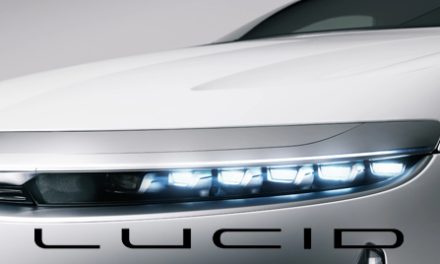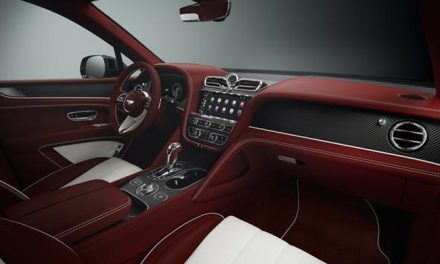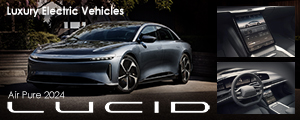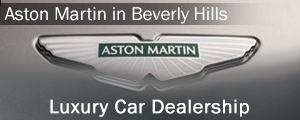Ferrari F80

Ferrari has introduced its new model, the F80, adding to the legacy of legendary supercars marked by the Prancing Horse badge. Since 1984, Ferrari has periodically released new supercars that showcase their time’s cutting-edge technology and innovation, each destined to become iconic. Designed for the most discerning clients in the world, these Ferrari quickly became legends, leaving a lasting impact not only on Ferrari’s history but also on the automobile world.
The F80 will be produced in a limited run of just 799 units, joining icons like the GTO, F40, and LaFerrari by highlighting the finest technological and performance achievements of the Maranello-based manufacturer.
As the latest addition to this prestigious family, the F80 is meant to represent the pinnacle of engineering for an internal combustion engine vehicle. It incorporates advanced technological solutions, including the latest hybrid technology for its powertrain, to achieve exceptional levels of power and torque. Every aspect of its design focuses on maximizing performance, from the carbon-fiber chassis to radical aerodynamic features unseen in any road-legal car. The new active suspension system is optimized for track performance, allowing drivers to exploit the car’s capabilities fully.
Unique among current supercars, the F80 balances outstanding performance with user-friendliness on the road, making driving easy. This balance influenced every technological and architectural choice, aiming to create a track-oriented supercar that is as driveable as a production model.
As a result, drivers will spend more time behind the wheel, enjoying and exploring the thrilling driving experience the F80 offers. Its architecture is designed to create a more focused driver environment, with a narrower cabin that still provides ample space and comfort for a passenger. This design choice minimizes drag and weight for better performance.
The cockpit has a distinctly single-seater feel despite being homologated for two occupants, resulting in what could be termed a “1+” layout. This design minimizes width, benefiting aerodynamics and weight reduction. It is inspired by the motorsport world, from which the F80 also inherits various technological solutions.
Like its supercar predecessors, the F80’s powertrain exemplifies the peak of motorsport technology. The GTO and F40 were equipped with turbo V8 engines, reflecting the turbocharged engines used in Formula 1 during the 1980s. Nowadays, both Formula 1 and the World Endurance Championship feature turbocharged engines paired with an 800 V hybrid system. Unsurprisingly, this architecture, utilized by the 499P—which has achieved two consecutive victories at the 24 Hours of Le Mans—has been integrated into the new F80.
For the first time, the F80 also introduces electric turbo technology (e-turbo), which employs an electric motor situated between each turbo’s turbine and compressor. This innovation allows for remarkable specific power output and immediate response even at low revs.
Aerodynamics are crucial for the F80, with features like the active rear wing, rear diffuser, flat underbody, front triplane wing, and S-Duct to generate 1,000 kg of downforce at 250 km/h. The active suspension further enhances this aero work, which directly contributes to generating ground effects. Performance is increased with an electric front axle, giving the car four-wheel drive to use the available torque and power efficiently. Additionally, it features brakes with motorsport-derived CCM-R Plus technology.
Like all its predecessors, the F80 signals a new design era for Ferrari, characterized by a more dynamic and extreme design language emphasizing its racing heritage. It explicitly references aerospace cues, highlighting cutting-edge technology and elegant engineering, and defines its technical solutions while acknowledging its noble lineage.




































